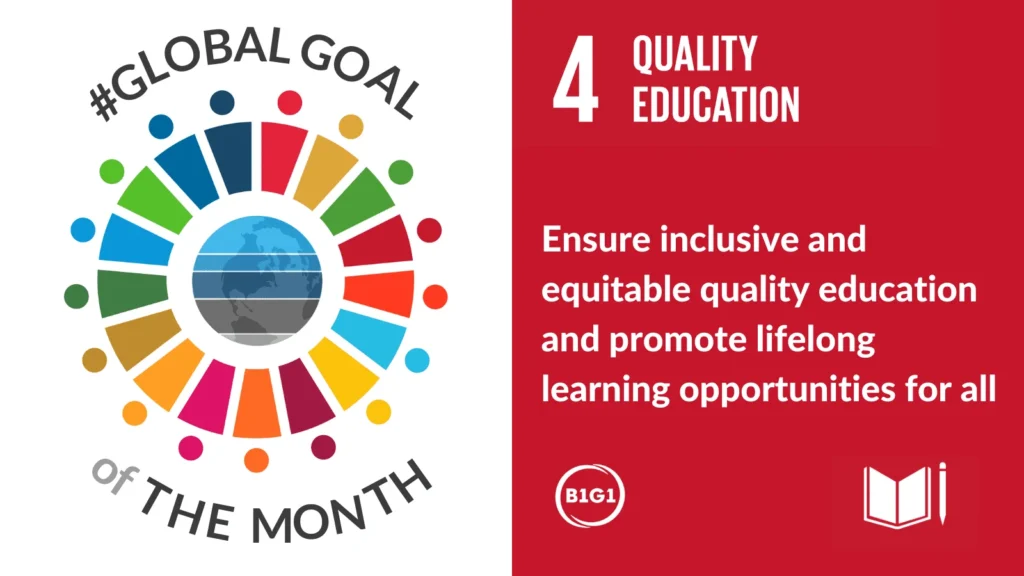The Shift Towards Sustainable Energy Sources
Countries around the globe are transitioning from fossil fuels to renewable energy sources like solar, wind, and hydroelectric power. This transformation is driven by a need to combat climate change, reduce dependency on finite resources, and build a more sustainable future. Renewable energy not only decreases greenhouse gas emissions but also supports energy independence by reducing reliance on imports. Governments, organizations, and individuals are now prioritizing sustainable practices to address environmental challenges while fostering economic growth.
Solar Power: The Leading Renewable Energy
Solar energy has emerged as one of the most accessible and scalable sources of renewable power. Advances in solar panel efficiency, combined with decreasing production costs, have made it an increasingly viable option for households, businesses, and even large-scale industrial applications. In addition to generating clean energy, solar panels contribute to significant cost savings over time by reducing electricity bills. Many countries now offer incentives such as tax credits and subsidies to encourage widespread adoption, underscoring the importance of solar power in a sustainable future.
Wind Energy: Harnessing the Power of Nature
Wind energy continues to play a pivotal role in the transition to renewable power. With both offshore and onshore wind farms expanding globally, this energy source is now generating electricity at unprecedented levels. Offshore wind farms, in particular, take advantage of stronger and more consistent winds, delivering reliable energy to power homes and industries. The efficiency and affordability of wind turbine technology have advanced significantly, making wind energy one of the most cost-effective alternatives to fossil fuels. Additionally, wind energy creates jobs and supports economic development in rural areas.
Hydropower: A Steady Contributor
Hydropower has long been a significant contributor to global renewable energy production. Its ability to provide consistent and predictable energy output makes it an integral part of sustainable power grids. Large-scale dams and reservoirs are often used to generate electricity, but innovations in micro-hydro systems have opened up new opportunities for localized energy generation. These smaller systems can power remote communities, agricultural operations, and small businesses, proving that hydropower is not only reliable but also versatile.
Challenges in the Renewable Energy Transition
Despite its many benefits, the transition to renewable energy is not without challenges. One of the primary issues is energy storage, as renewable sources like solar and wind are intermittent. Advances in battery technology are essential to storing excess energy and ensuring a stable power supply when the sun isn’t shining or the wind isn’t blowing. Upgrading aging infrastructure to support renewable energy integration is another significant challenge. However, partnerships between governments, private companies, and research institutions are working to address these issues and accelerate the global shift toward sustainability.
Frequently Asked Questions
- What are the benefits of renewable energy?
- It reduces carbon emissions, promotes energy independence, and ensures a sustainable future.
- How efficient are solar panels?
- Modern panels achieve efficiency rates of 20-25% on average, with continuous improvements in technology.
- What are offshore wind farms?
- They are wind farms located in oceans or seas, where winds are typically stronger and more consistent.
- Is hydropower environmentally friendly?
- While it’s cleaner than fossil fuels, it can affect aquatic ecosystems if not managed carefully.
- How can renewable energy combat climate change?
- It significantly reduces greenhouse gas emissions and reliance on non-renewable resources.
- Are renewable energy sources reliable?
- Yes, especially when supported by advanced energy storage systems and grid upgrades.
- What are micro-hydro systems?
- These are small-scale hydropower systems designed to generate energy for localized use.
- What is the role of governments in renewable energy?
- They provide policies, incentives, and funding to promote the development and adoption of renewable energy.
- How can individuals adopt renewable energy?
- By installing solar panels, supporting green energy programs, and practicing energy conservation.
- What is the future of renewable energy?
- It lies in technological innovations, increased investments, and global collaboration to achieve sustainability.




